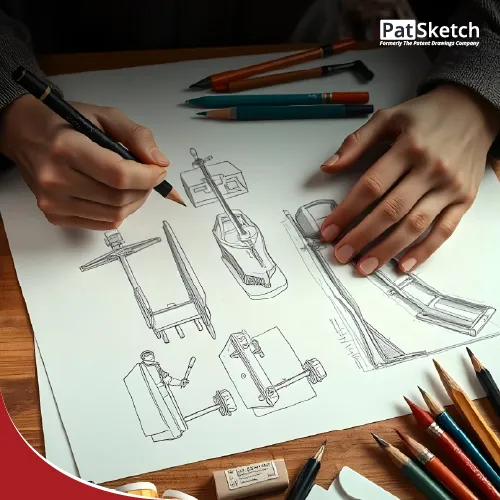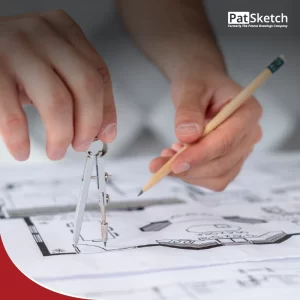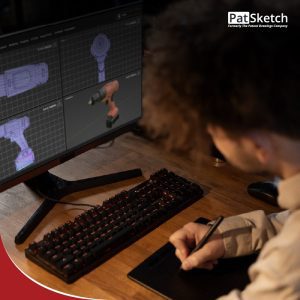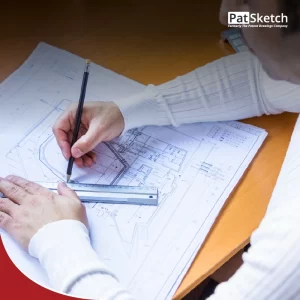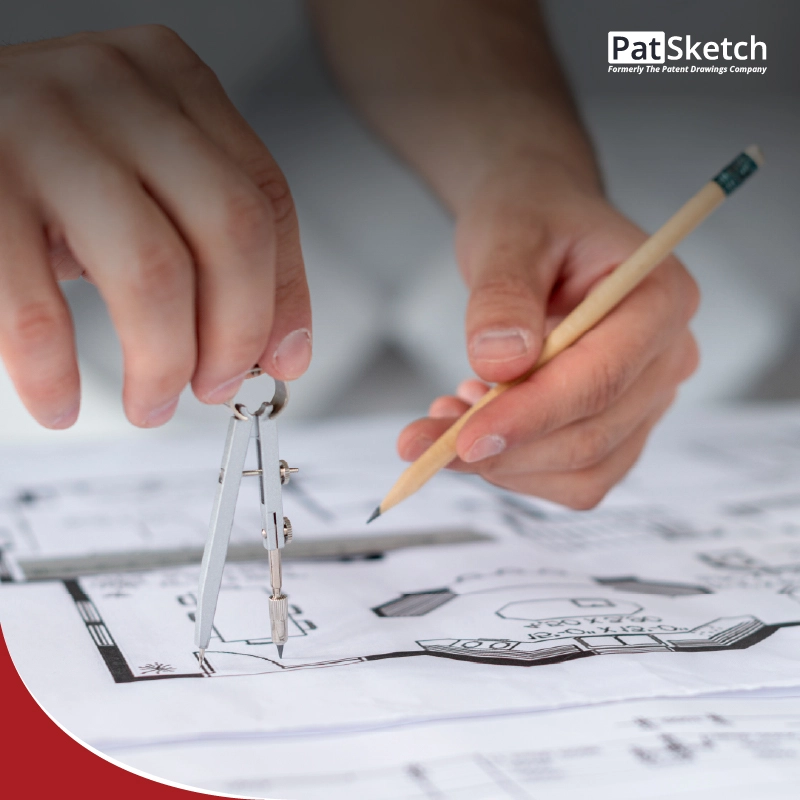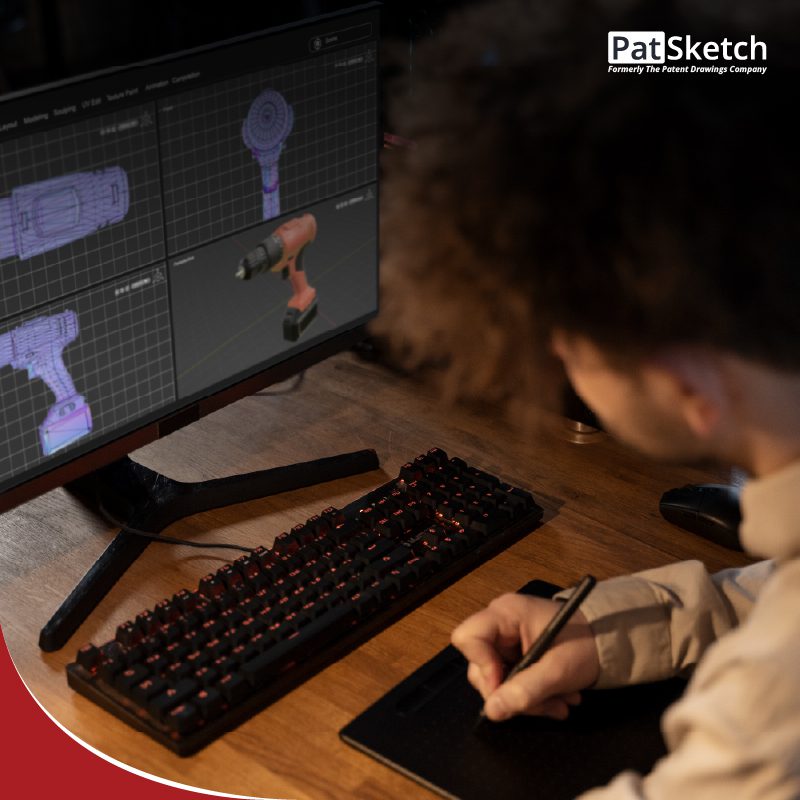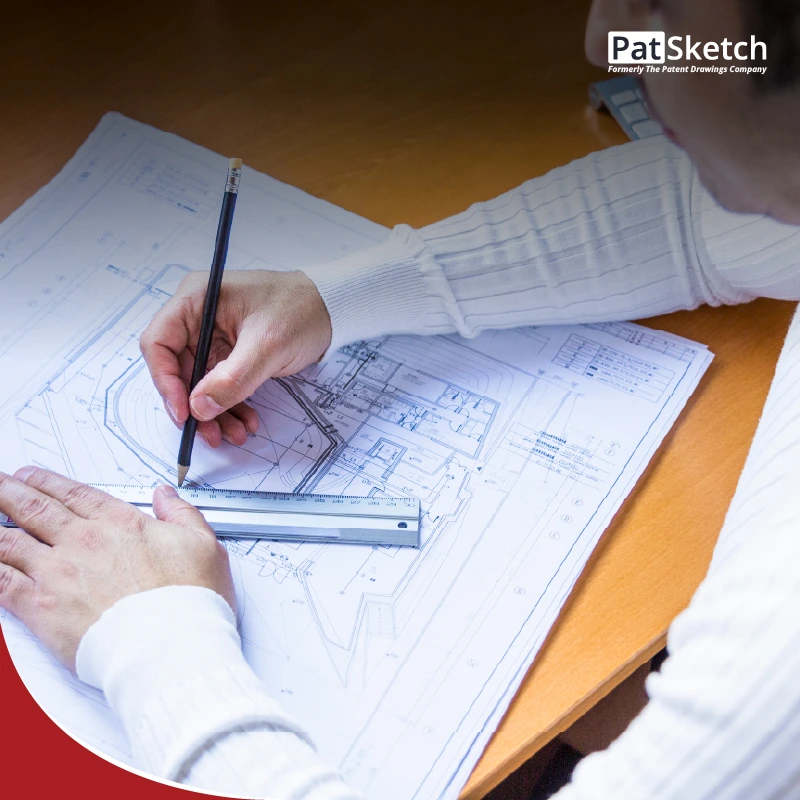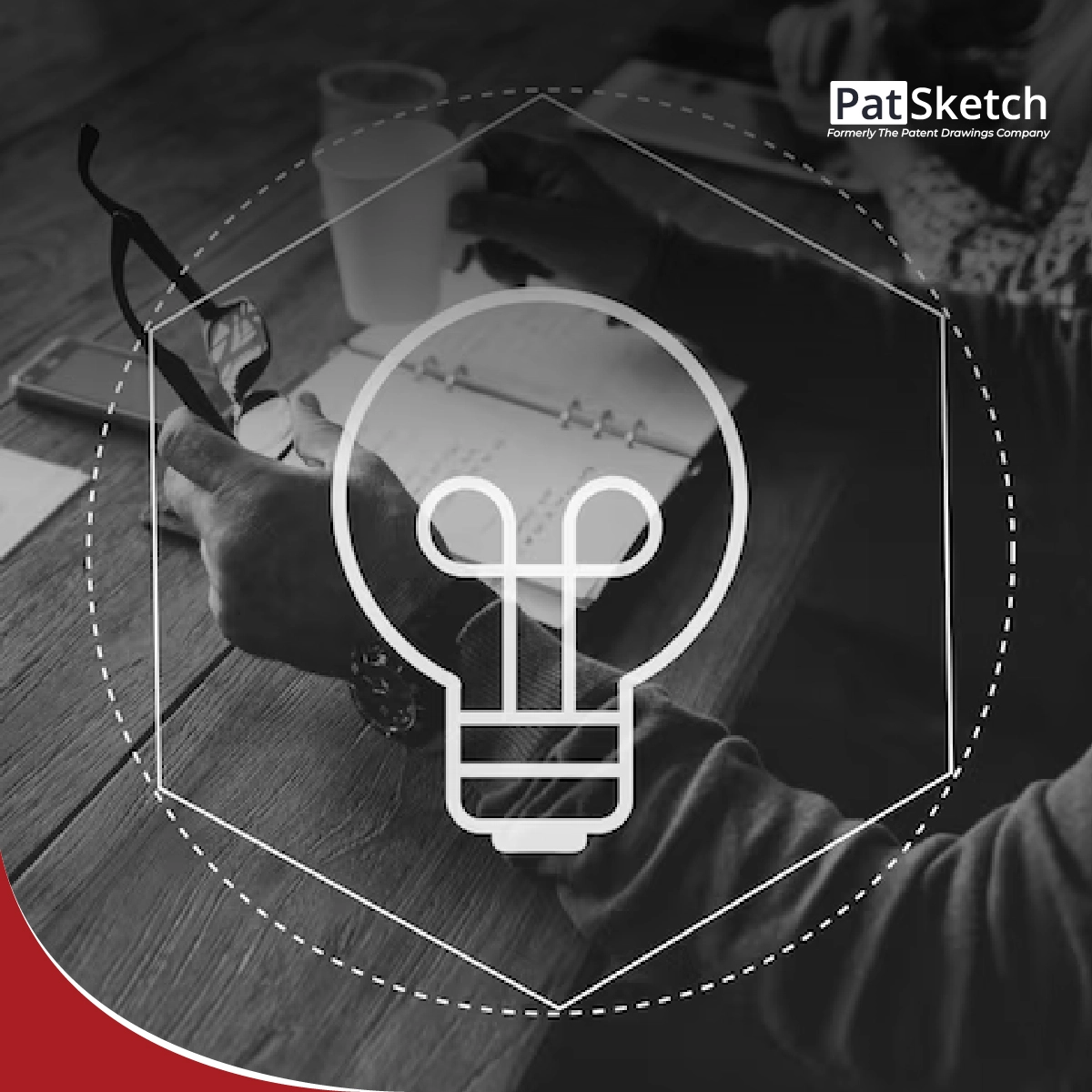A design patent is a type of patent right that is assigned to people for designs of functional items. Unlike a utility patent, a design patent protects only the appearance of an article. It does not have its structural or functional features. A design patent is granted to a person who has created any new and non-obvious ornamental design for an article of manufacture. In a nutshell, we can say that a design patent protects only the appearance of an article, but not its structural or functional features.
Design patent illustrations follow the same rules as other drawings, but there are some exceptions to this and the article is aimed at helping people understand the best practices involved in preparing design patents. Design patent illustrations help the patent examiner understand what type of design the inventor has created and if it’s really patentable or not. Designs can’t be explained without the help of patent drawings as they cannot be expressed through words. Explaining designs can only be done through drawings and here comes the need for drawings in the design patent application, which improves the chances of getting patent approval with a clear description of the invented design.
Also Read: Best Practices for Utility Patent Illustrations
Best Practices for Design Patent Illustrations
Avoid using reference characters: As we know the value of a design patent is largely dependent upon the skillful drawings, but unlike other drawings, no reference characters are allowed in a design patent illustration.
Drawing(s) should depict the appearance: Since there is only one claim that is allowed in a design patent, maximum focus should be given to the drawings. As per the norms, drawings should depict the appearance, since the drawings alone define the scope of patent protection.
The figure descriptions: The ‘Figure Descriptions’ indicate what each view of the drawings represents, i.e., perspective view, front elevation view, top plan view, etc. Since drawing is the design’s best description, no special description is required anywhere else in the application other than this. So, for design patent illustration people can avoid using brief descriptions.
Use drawings or black and white photographs: As per USPTO, every design patent application must include either a drawing or a black and white photograph of the claimed design. Since it is the only source for the entire visual disclosure of the claim it should be clear, complete, and accurate. It will explain to the patent examiner what the invented design looks like and it will
Views of a design patent drawing: As per the best practices for design patent illustration, the accompanied drawing or photograph should contain a sufficient number of views to completely disclose the appearance of the claimed design, i.e., the front view, rear view, perspective, right and left sides, top and bottom views.
Surface shading: Surface shading is another important element that should be looked upon while preparing a design patent illustration. Each design patent drawing should be provided with appropriate surface shading which shows clearly the character and contour of all surfaces of any three-dimensional aspects of the design.
Avoid solid black surface shading: Surface shading is also necessary to distinguish between any open and solid areas of the design however, one thing that should be kept in mind while making a design patent illustration is that solid black surface shading is not permitted except when used to represent the color black as well as color contrast.
Mind the use of solid lines and dotted lines: While making a patent drawing it is important to take care of the lines that we use in it. Patent drawing lines are of various kinds and each one of them serves a different purpose, for example Solid line represents the claimed portion of a design drawing but the Phantom line represents the disclaimed portion of a design drawing. They have been confused with dashed lines. They actually will appear as [dash dot dash] or [dash dot dash] lines.
Also read: Patent Trends to Consider in 2022
PatSketch: Your Trusted Partner for High-Quality Patent Drawings
PatSketch, formerly The Patent Drawings Company, specializes in providing high-quality, affordable patent drawings for inventors, law firms, and businesses. With over 16 years of experience, their expert illustrators have successfully handled 30,000+ patent applications for 4,000+ clients across 50+ countries. They ensure quick delivery, unlimited revisions, and multiple output formats to meet clients’ needs. PatSketch is committed to precision and compliance with USPTO, EPO, and other patent office guidelines, making it a trusted partner for patent drawings.

